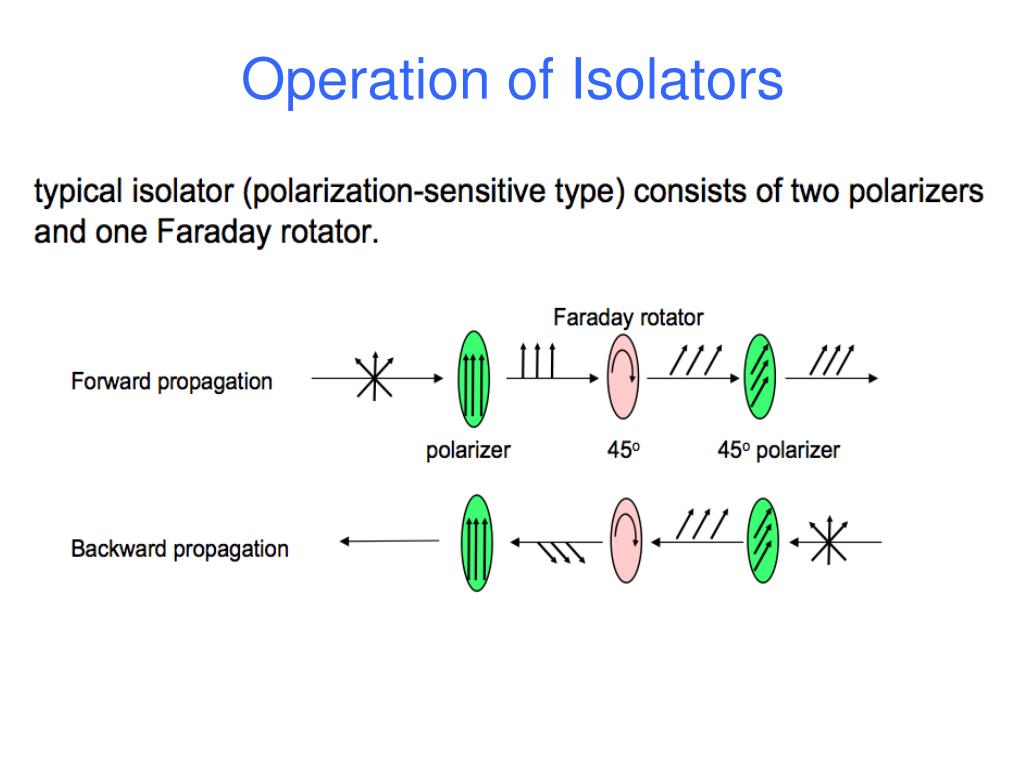


The basic idea is to generate an asymmetric optical probe signal for carrying on the magnitude and phase responses of the ODUT, and to detect the responses without spectral aliasing by an ASR. In this article, we propose and demonstrate a method to perform optical vector analysis with simultaneous ultra-high resolution, ultra-large dynamic range, and ultra-wide bandwidth. In addition, the bandwidth of the electro-optical conversion devices or microwave components usually limits the measurement range to tens of GHz. The OVA based on optical single-sideband (OSSB) modulation theoretically has the potential of reaching a sub-Hz resolution 17, 18, 19, 20, 21, 22, 23, 24, 25, 26, 27, but the existence of the high-order sidebands will severely degrade the resolution 23, introduces considerable measurement errors and restricts the dynamic range 22, 23. Optical channel estimation 16, 31, 32 can reach a sub-MHz resolution, but it is vulnerable in the dynamic range and the compromise on resolution and measurement range. As can be seen, the OVA based on the interferometry method 15 can provide a wide measurement range and a large dynamic range, but a poor resolution. Table 1 shows a comparison of different kinds of OVA. For example, a fiber Bragg grating is expected to have a 50-dB extinction ratio, but the measured result is limited to about 35 dB due to the low dynamic range of the measurement apparatus 14.Īlthough researchers have been striving to achieve these goals for decades and some optical vector analyzers were previously reported to obtain the magnitude and phase responses 15, 16, 17, 18, 19, 20, 21, 22, 23, 24, 25, 26, 27, 28, 29, 30, 31, 32, few can perform the measurement with simultaneous ultra-high resolution, ultra-large dynamic range, and ultra-wide bandwidth.

Dynamic range is another important parameter to evaluate a measurement method and concerned by numerous applications. Besides, wide bandwidth and high-resolution measurement are simultaneously needed in some systems 13. For instance, to measure the frequency response of the waveguide–ring resonator 9, the Fano resonance in all-dielectric metasurfaces 10, the accidental Dirac cone 11, and the hydrogen cyanide H 13C 14N 2ν 3 12, the bandwidth of the measurement systems should be on the order of terahertz. On the other hand, the spectra of a majority of optical devices and phenomena should be measured in a range of hundreds or even thousands of GHz. Similarly, ultra-narrow bandwidth phenomena, such as spectral hole burning with a 172-kHz notch in Pr:YSO 8, PT-symmetry breaking with MHz-bandwidth resonance in whispering-gallery-mode microcavities 1, and ringing phenomenon in chaotic microcavity 5, has the capability of fine spectral manipulation, which also demands a measurement approach with attometer-level resolution. For example, an ultra-narrow-band fiber Bragg grating with a 3-MHz linewidth 6, an on-chip optical isolator with a bandwidth of 0.61 MHz 4, and a high-Q optical micro-resonator with a Q value of 1.7 × 10 10 (11.4-kHz or 91.2-attometer bandwidth in the 1550-nm band) 7 were proposed to improve the sensitivity of optical sensing system, which needs an ultra-high resolution optical measurement method to implement the sensing demodulation. These emerging optical devices put forward very urgent and stringent requirements of the measurement technology in terms of resolution, bandwidth, and dynamic range. Recently, optical devices to manipulate the magnitude and phase of optical signals with ultra-high resolution, ultra-wide bandwidth, and ultra-large dynamic range are of fundamental importance for non-Hermitian photonics based on parity-time (PT) symmetry 1, optical nanoparticle detection 2, electromagnetically induced transparency 3, on-chip optical signal processing 4, ultra-sensitive optical sensing 5, and so on.


 0 kommentar(er)
0 kommentar(er)
